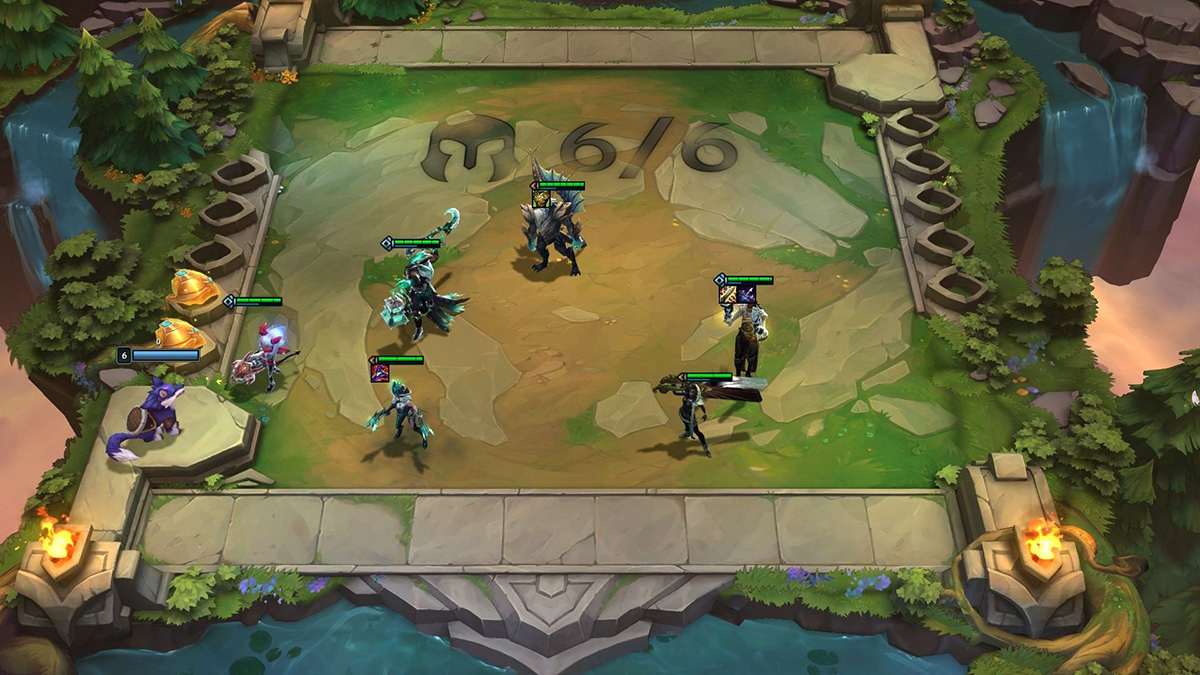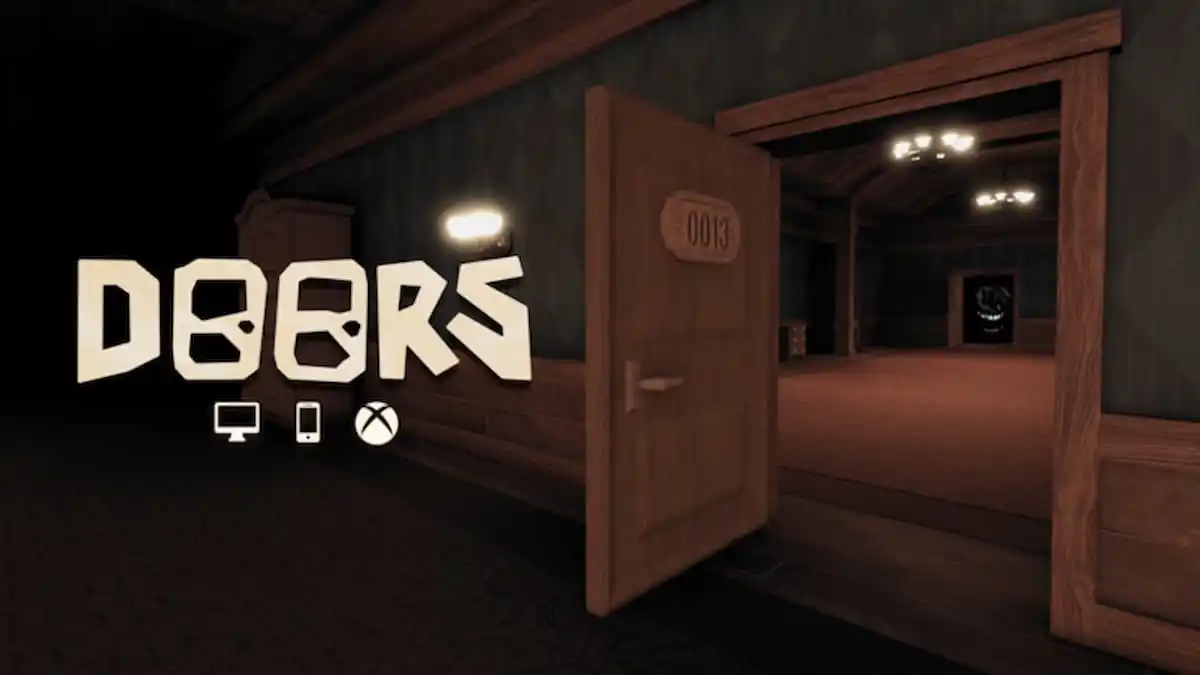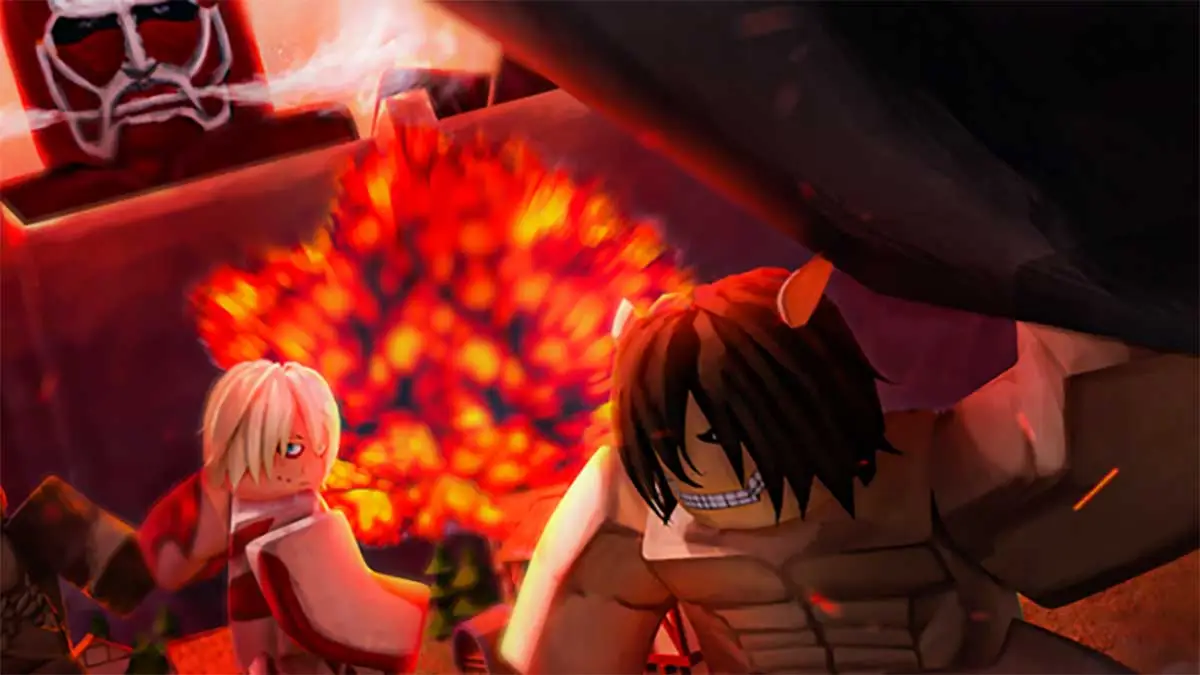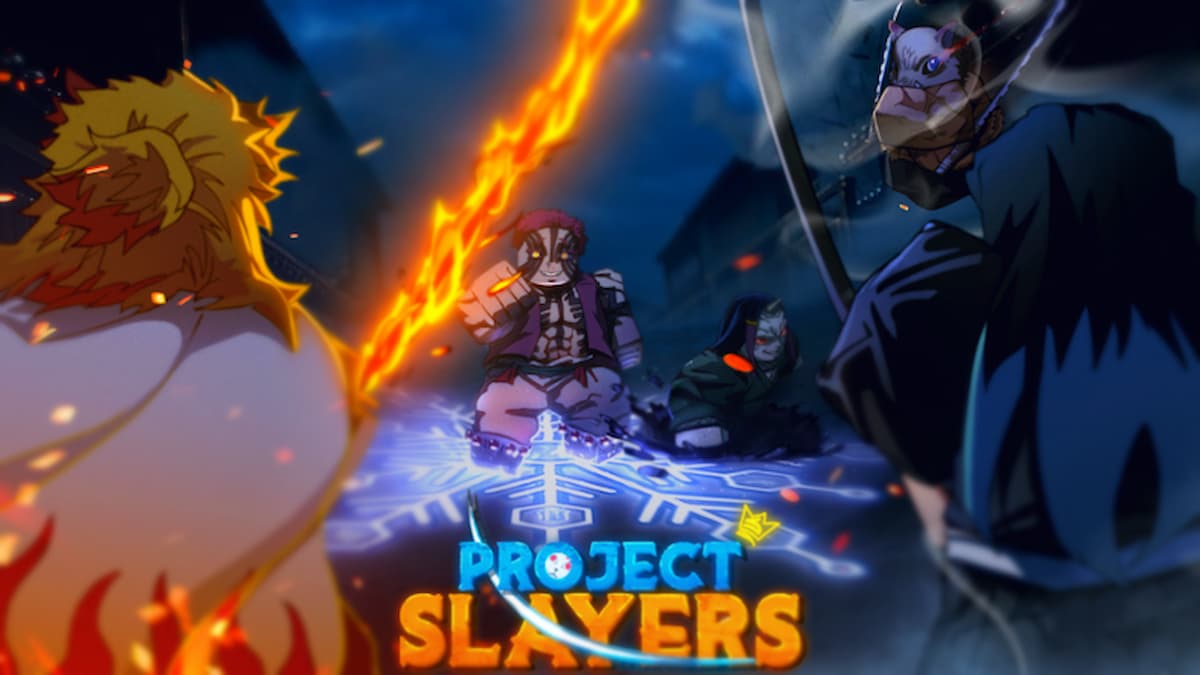Every new round of Teamfight Tactics, you fight someone new. It’s frustrating, not knowing who your next opponent will be. After all, it can be the difference between a sweet top-four win or a miserable spot in sixth, or worse, eighth. Counters, positioning, and special, surprise augments can completely ruin your well-laid plans. If only you could know which team was coming, right? Or, is there a way to know?
Can you predict your next opponent in TFT?
The short answer is no, you can’t tell who your next opponent will be in TFT. The randomness of who you might fight is a core game mechanic of TFT. However, that randomness is fixed, so you tend to fight people in a cycle. If it feels like you haven’t faced a certain team in a really long time, they very well might be the next board you appear on. If you’re particularly intimidated by them, it might be a good idea to position against them.
Other than some feelings and guesses, though, there is one way to definitively know who you’ll be playing against — Future Sight.

What is Future Sight?
Future Sight is an augment that lets you see who you fight next and gives you a Zephyr (or Radiant Zephyr, if you get Future Sight II). While this isn’t as exciting of an augment early game, it can be absolutely game-changing in the mid to late game, especially if you are facing off strong, position-ruining teams like Assassins. Being able to position properly against certain builds can be the difference between sixth place and ending up in the top four (if not higher). Therefore, if you find a lot of value in preparing your board for each enemy, Future Sight might become your favorite augment in the game.
How can you prepare your board for the next TFT round?
If you can’t get Future Sight, there are a handful of other ways to try to counteract the randomness of who you fight. While you might not know exactly who you’re up against, peeking at other boards is still invaluable. It means you’ll be able to tell where the majority of people place their units, what they’re building, and who their carry units are. Then, you can put together a positioning plan that gives you your best shot against the general trend of your lobby.
For example, if a lot of people are building Mages, your tanky team might do a better job closer up to the heavy hitters and try to break their formation. Meanwhile, if half the players are buying up Cavaliers or Assassins, it might be smarter to bunch up your positioning and protect your back-line as much as possible. It all depends on the type of players and boards you run into.







Published: Sep 8, 2022 09:41 am